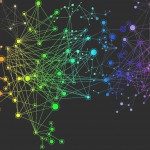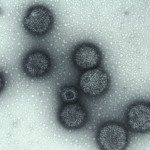Link to Pubmed [PMID] – 18297649
Proteomics 2008 Feb;8(4):650-72
LC-MS-based approaches have gained considerable interest for the analysis of complex peptide or protein mixtures, due to their potential for full automation and high sampling rates. Advances in resolution and accuracy of modern mass spectrometers allow new analytical LC-MS-based applications, such as biomarker discovery and cross-sample protein identification. Many of these applications compare multiple LC-MS experiments, each of which can be represented as a 2-D image. In this article, we survey current approaches to LC-MS image alignment. LC-MS image alignment corrects for experimental variations in the chromatography and represents a computational key technology for the comparison of LC-MS experiments. It is a required processing step for its two major applications: biomarker discovery and protein identification. Along with descriptions of the computational analysis approaches, we discuss their relative merits and potential pitfalls.

